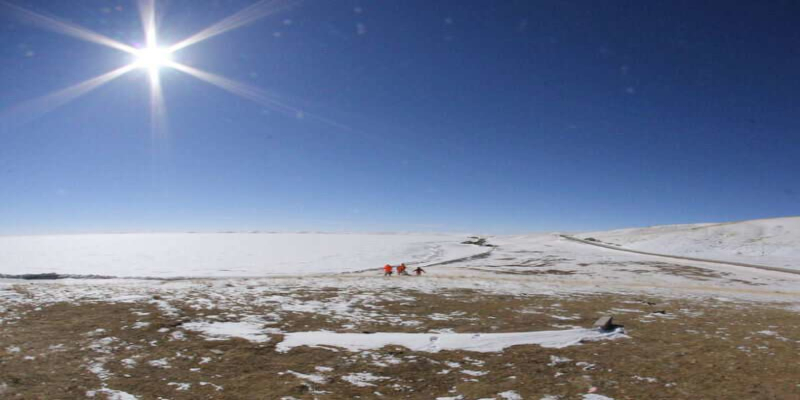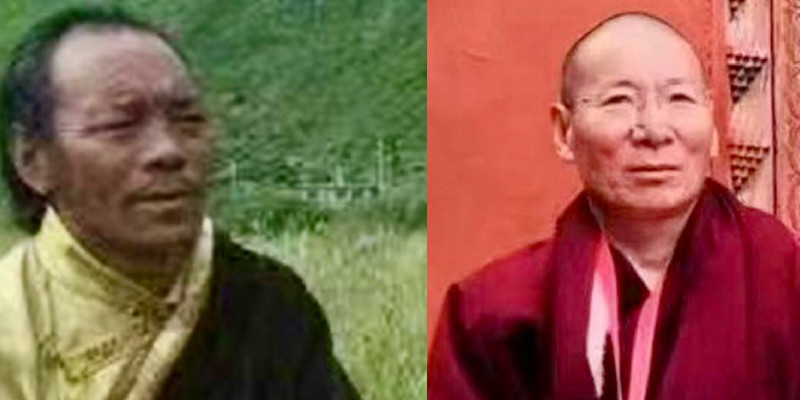Dharmashala, 14th September: The Tibetan Plateau is the world’s highest and largest plateau, it is also known as the roof of the world. It is home to the world’s largest alpine lake system. Lakes influence the flow of heat between the land and the atmosphere, affecting regional temperatures and precipitation, according to researchers. However, little is known about Tibetan lakes’ physical features and thermal dynamics, particularly during the winter months when the lakes are frozen over.
Kirillin et al. looked and examined China’s Ngoring Lake, the plateau’s largest freshwater lake (610 square kilometers), which is generally ice-covered from December to mid-April. In September 2015, the team tethered temperature, pressure, and radiation loggers in one of the lake’s deepest areas. After the lake surface froze over, they saw an unusual warming trend, as solar radiation at the surface warmed the higher water layers beneath the ice. Within a month of full ice cover, strong convective mixing had entirely mixed Ngoring Lake down to its mean depth.
According to them(Kirillin et al.), the water temperatures in most ice-topped lakes remain below the maximum density temperature, but the authors discovered that by the middle of the ice season, the water temperature was greater than the maximum freshwater density, which expedited ice melt near the conclusion of the winter season. The temperature of the water plummeted roughly 1°C when the ice broke up, releasing 500 watts per square meter of heat into the sky in just one or two days.
Lakes do not lie dormant under ice, according to the study. However, the repercussions go beyond local lake effects; when the ice melts, the thousands of lakes throughout the plateau might become heat flux hot spots, releasing the heat collected from solar radiation and triggering changes in temperature, convection, and water mass flux with global implications.
Article based on phys.org’s “Freshwater lakes on the Tibetan Plateau act like lenses that accumulate heat from solar radiation”







Leave a Reply